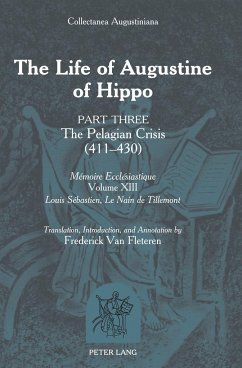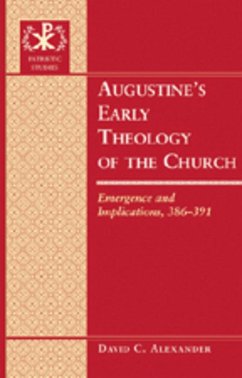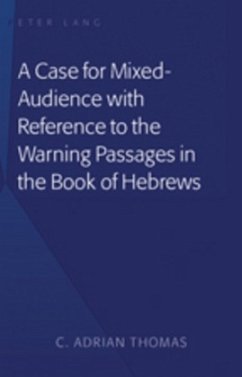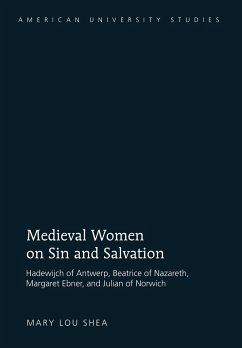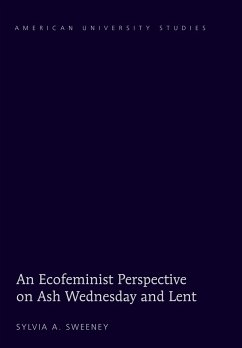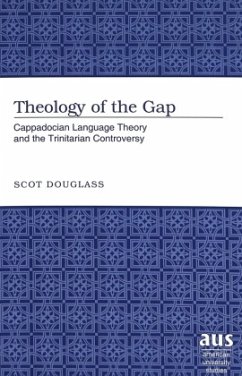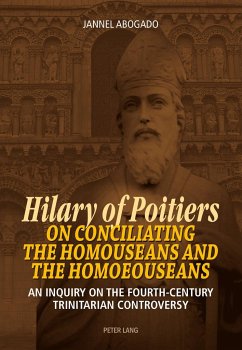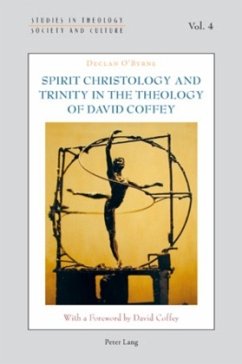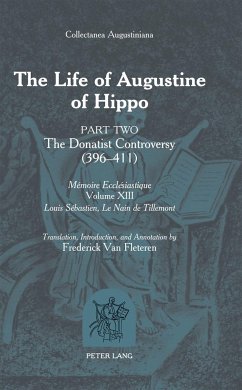
Dorotheos of Gaza and the Discourse of Healing in Gazan Monasticism

PAYBACK Punkte
0 °P sammeln!
Serving as a dynamic figure in the monastic school, Dorotheos of Gaza transformed the traditional understanding of healing in the spiritual life. Gazan monastic teachers, Isaiah of Scetis, Barsanuphius, John, and Dorotheos, utilized this discourse of healing to instruct and guide their followers in the monastic life. As a predominant part of human existence, sickness and suffering were sought to be understood and interpreted. For some teachers, healing was purely a metaphor for spiritual renewal brought about through illness and pain. For others, physical distress was instructive for renewed e...
Serving as a dynamic figure in the monastic school, Dorotheos of Gaza transformed the traditional understanding of healing in the spiritual life. Gazan monastic teachers, Isaiah of Scetis, Barsanuphius, John, and Dorotheos, utilized this discourse of healing to instruct and guide their followers in the monastic life.
As a predominant part of human existence, sickness and suffering were sought to be understood and interpreted. For some teachers, healing was purely a metaphor for spiritual renewal brought about through illness and pain. For others, physical distress was instructive for renewed endurance and trust. Driven by a new distinction, Dorotheos pursued the concept of healing as an extension beyond the metaphor and into the physical reality experienced in the body. Encouraging his followers to pursue this idea, he further developed the importance of healing in his tradition by emphasizing the significance of physical and spiritual well-being. The life of healing he envisioned was a life full of virtue, carefully navigating all disruptions of life, and strengthening the soul and the body.
As a predominant part of human existence, sickness and suffering were sought to be understood and interpreted. For some teachers, healing was purely a metaphor for spiritual renewal brought about through illness and pain. For others, physical distress was instructive for renewed endurance and trust. Driven by a new distinction, Dorotheos pursued the concept of healing as an extension beyond the metaphor and into the physical reality experienced in the body. Encouraging his followers to pursue this idea, he further developed the importance of healing in his tradition by emphasizing the significance of physical and spiritual well-being. The life of healing he envisioned was a life full of virtue, carefully navigating all disruptions of life, and strengthening the soul and the body.






